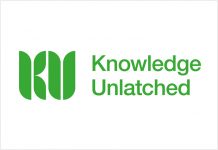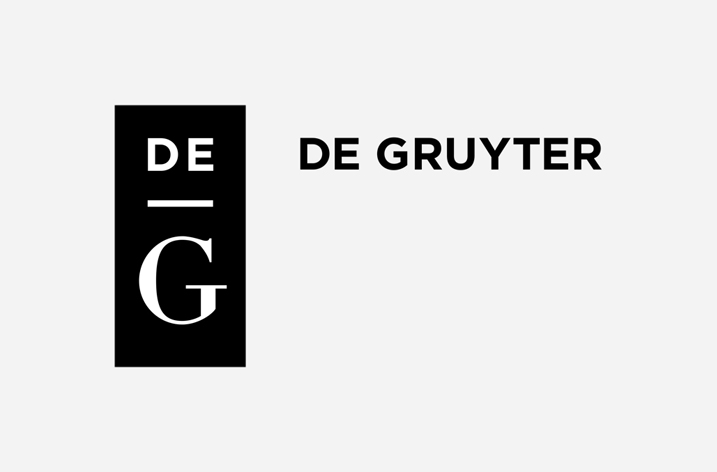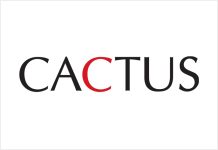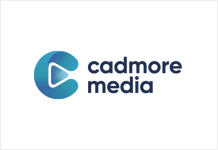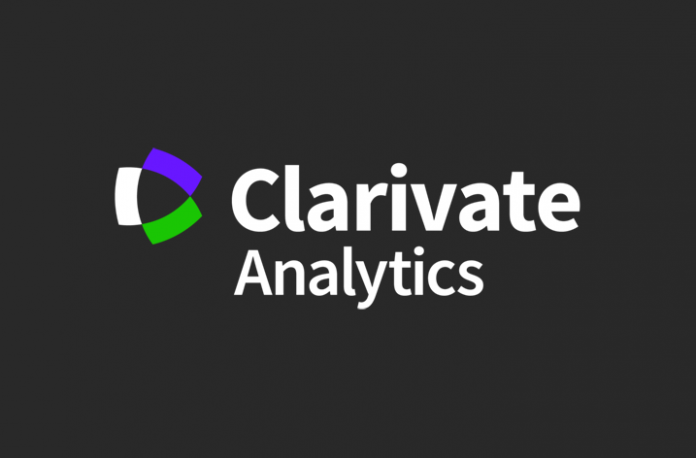
Clarivate Plc, a global leader in providing trusted information and insights to accelerate the pace of innovation, today released a report, “Identifying Research Fronts in the Web of Science: From metrics to meaning“. Latest analysis from the Institute for Scientific Information™ at Clarivate uses clusters of citations from recently published papers to show the hot and emerging scientific topics that are currently attracting exceptional attention. It also encourages researchers and managers to perform deeper evaluations of research by making use of the new and complementary metrics in Research Front data derived from the Web of Science™ to inform and improve research evaluation and highlight topics with economic and societal impact.
The identification of hot and emerging scientific and technological research topics in a Research Front is created by concentrated clusters in the network of citations that link one publication with another. The examination of shared terminology in such clusters may reveal a breakthrough in an existing field or the realization of a novel, possibly cross disciplinary, area of research in the shape of an emerging field. Using a machine learning algorithm for network analysis the report finds the precise location of Research Fronts in the knowledge network and uses science mapping and data visualization to highlight their value by using familiar examples – CRISPR, 2D Materials, and Machine Learning.
Dr Martin Szomszor, Director at the Institute for Scientific Information at Clarivate and report co-author explains: “The insights offered go far beyond the information derived from more traditional research performance metrics. The report shows the value in Research Fronts’ data in an accessible way using science mapping and data visualization. This new ability to run computational assessment on large data sets together with advances in data visualization paves the way to modernize research conduct and measurement.
“Scores and ranks have their uses but are limited in revealing many aspects of research activity and different dimensions of contributions. Fuller, more informative types of assessment are now possible.”
Joel Haspel SVP Strategy, Science, Clarivate said: “Innovation is driven primarily by research. By examining Research Fronts, it is both possible and desirable to find the foci of innovation and chance. For companies looking to create revolutionary products, the ability to identify and access a stream of innovative exploratory research and the identification of its key players as potential collaborators provides many opportunities to turn published research into a compelling competitive advantage with societal impact.”
The ability to find these fronts and to track emerging specialty areas of scientific research, together with the key players at the epicentre of the front, provides a distinct advantage for those who fund, monitor, support and advance the conduct of research, often in the face of finite resources. This includes governments, commercial organisations, policy makers, science funders, publishers, institutional research administrators and many others:
- Researchers. The identification of a Research Front may help to suggest how a research career might be shaped. An author, by locating their current activity, can see how close her work is to a Research Front.
- Institutional research managers. A research manager can determine the distribution of institutional output across the knowledge landscape, filtering for recent or longer time windows, and then assess the relationship of their research clusters to Research Fronts. They can also make a comparative evaluation with competitor institutions.
- Research funders. By identifying the distribution of publications arising from funded projects, a research agency can see whether its investments are producing work located in or near Research Fronts, or perhaps redirect funding to projects addressing emerging fronts and topics gathering exceptional peer attention. It also provides valuable information in identifying new and unpredictable scientific and technological discoveries for the basis of new industries, and with the greatest promise of innovation.
- Policy makers. The distribution of a national portfolio in the research landscape will be of interest both for international comparisons and for the extent to which the country is engaging with Research Fronts, especially in areas related to policy priorities.
- Publishers. The landscape location of a journal’s contents can be seen not only in the context of broad disciplines but in relation to Research Fronts as topics of exceptional current interest. Where appropriate, editorial policies can be adjusted accordingly.
The report is available online here.






